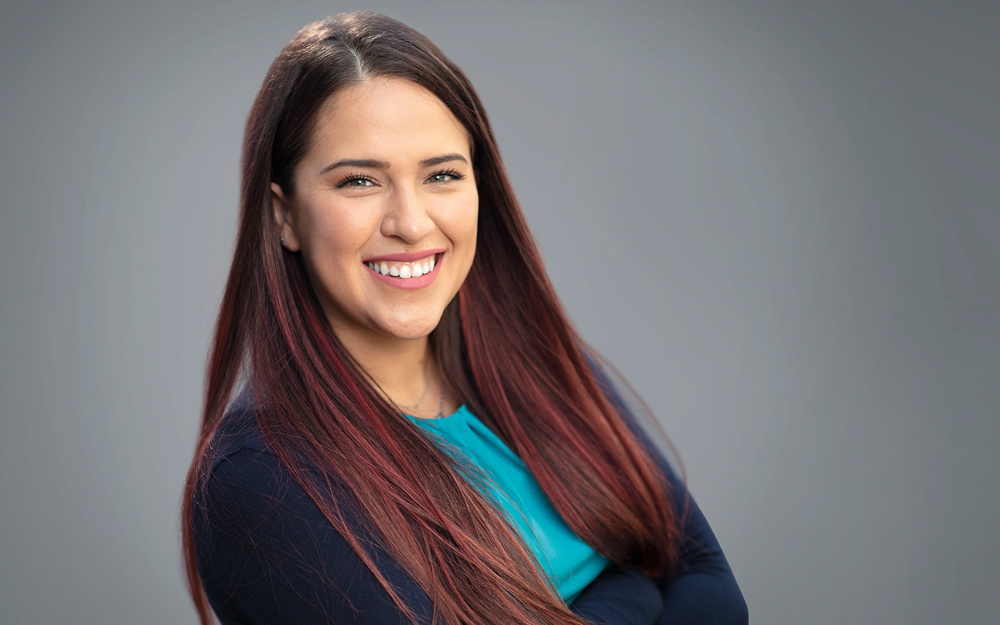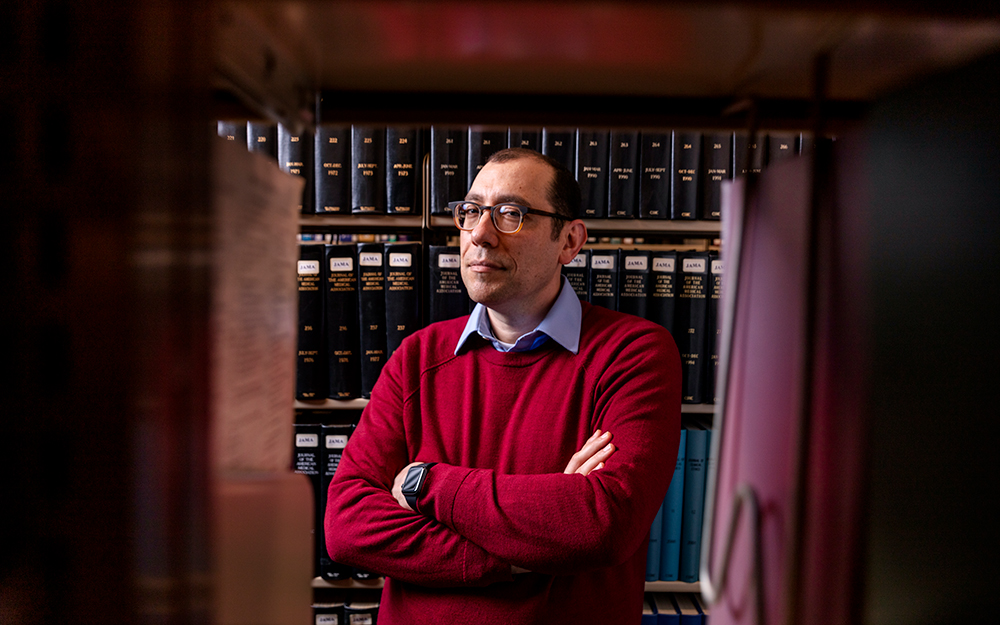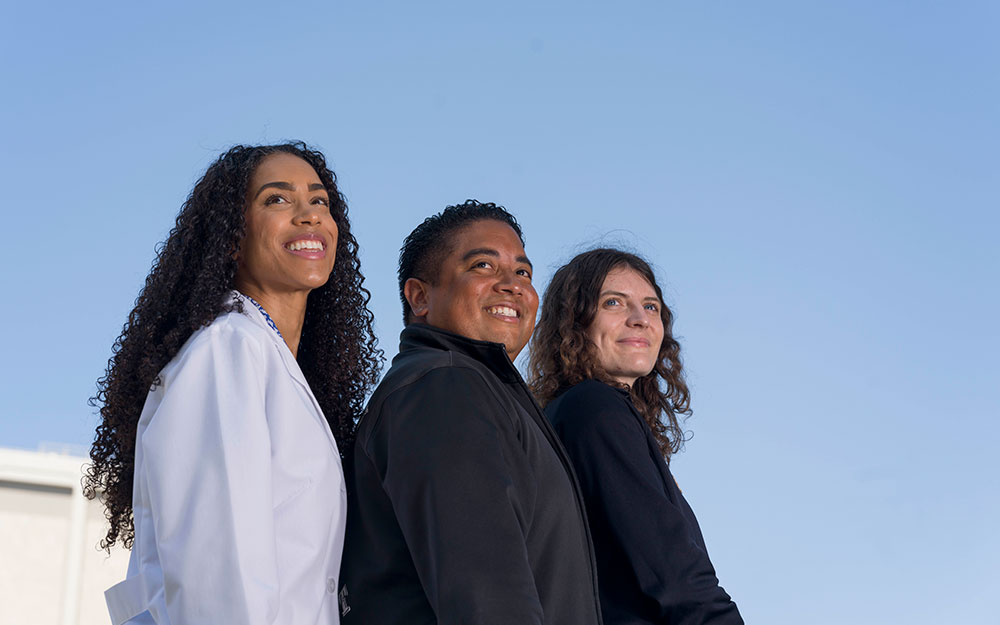Full-Circle Healing: A Doctor's Education in Trauma Care Began in High School
Date
June 6, 2022
Credits

Date
June 6, 2022
Credits
Medical providers featured in this article
In Brief
{{cta-block}}
When Dr. Nicole Fierro was a little girl, she set her sights on becoming a doctor. Her parents were not in the medical field. Her mother worked for a wire-production plant in South El Monte and her father was in construction. In fact, no one she knew had been to college.
As a Latina who grew up in the San Gabriel Valley with four brothers, Fierro was exposed to the effects of gang violence and trauma from an early age. She also recognized the health disparities within her community. "I knew that minorities were at an increased risk of experiencing gun violence, trauma and assault," says Dr. Fierro, now 30. And she knew she wanted to be part of the solution.
The doorway to her future career opened during Fierro’s sophomore year at UCLA when she learned about Cedars-Sinai’s Trauma Research Program (TRP) through a student listserv. Students in TRP attend weekly lectures, present research on relevant surgical topics and get on-the-ground training in the medical field. Fierro applied and the TRP team selected her to join their ranks.
As a member of TRP, Fierro gained a front-row seat to clinical research at one of the top Level I trauma centers in the country. "Trauma is a disease, just like diabetes and colon cancer," says Dr. Eric J. Ley, director of TRP. "We teach students how we use the literature to guide decisions we make as trauma surgeons by involving them in research."
Dr. Fierro’s first task with TRP was to collect data on the development of blood clots, so doctors could devise strategies to prevent them. "We reviewed patients’ vital signs, medications and medical devices, and built a giant database of variables to help uncover meaningful associations," says Dr. Fierro, who had opportunities to formally present her research findings.
When she shadowed physicians during their clinical rounds, Fierro wore a short white coat—given to all program participants—over her regular clothes. "That felt really cool," she says. "Even though most of what the physicians said went over my head, I had a sense of hopefulness that someday I would be part of the conversation."
Dr. Fierro was actively involved in TRP throughout her undergraduate career, first as a student and later as a student leader, when Dr. Ley charged her with recruiting new TRP participants. "My only requirement is that student leaders select a diverse group of students who aren’t all 4.0 kids," says Dr. Ley, who has invited more than 15 TRP students to serve as co-authors on peer-reviewed scientific papers during his decade at the program’s helm.
As part of her work with the program, Dr. Fierro led TRP meetings, met one-on-one with surgical residents, presented TRP research at national conferences and gained a big-picture view of what it’s like to be a trauma surgeon. "Once, I shadowed Dr. Ley on his trauma rounds and saw a patient who had just had a craniotomy—part of his skull was missing," she says. If she had any lingering doubt, that experience confirmed her desire to pursue a career in trauma medicine.
Since Dr. Fierro didn’t know anyone in the medical field, she relied on Dr. Ley and her fellow TRP members to guide her through the medical school application process. That extra support is vital. Data shows that more than 60% of TRP graduates go on to medical school. "The program is really what the students make of it—and most students are remarkably successful," Dr. Fierro says. "It offers them the opportunity to explore medicine in a way that usually isn’t an option for those without a medical degree."
TRP was just the beginning of Dr. Fierro’s time at Cedars-Sinai. During her fourth year of medical school at the University of Southern California, she participated in a rotation at Cedars-Sinai and then matched here. Now, Dr. Fierro serves as a third-year general surgery resident mentoring the next generation of TRP students—and has earned a longer white coat. Her research focuses on whether chest compressions for resuscitation become futile after a certain age or whether high mortality after chest compressions occurs for all ages.
"Successful trauma care hinges on collecting data so we can achieve better outcomes for all of our patients, regardless of their demographics and socioeconomic status," Dr. Fierro says. "It’s rewarding to be part of a team that sees every patient as a human being who is in pain and who also has family members who love them—especially when I know that we can make a difference for people like the ones who surrounded me when I was growing up."





